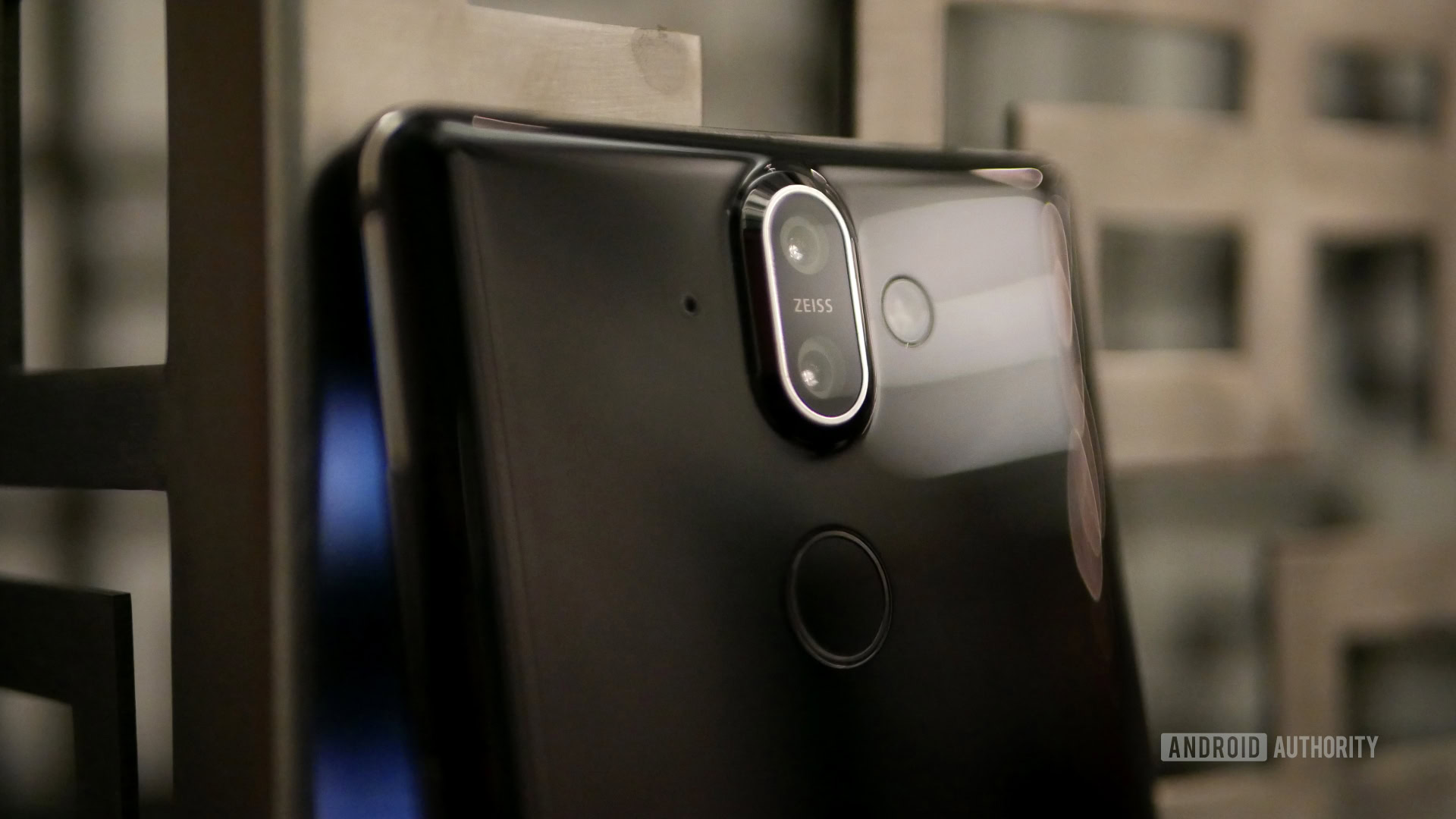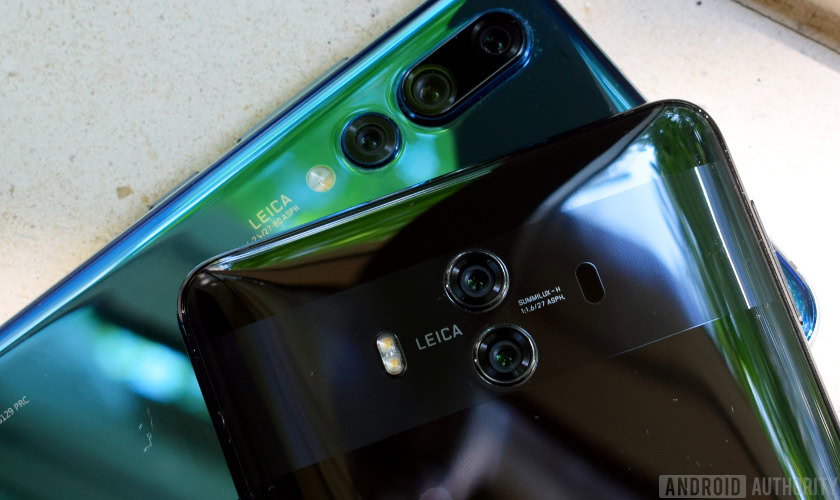Affiliate links on Android Authority may earn us a commission. Learn more.
Android P's Multi-Camera API will allow for more creative camera apps from devs
Published onJune 14, 2018

Android P is bringing many new features for developers to come to grips with, and for users to benefit from. Among these is the recently-announced ability to access streams from two or more physical cameras for a host of possible effects and uses.
This is not just about mimicking the “bothie” feature of Nokia phones. Rather, it is about the myriad applications for devices with multi-lens set-ups. Options that Google has suggested include: seamless zoom functionality (which would switch from one lens to another), stereo vision, and bokeh effects for cameras with dual lenses.
Of course, developers are likely to come up with countless more creative possibilities
This means third party apps might one day be able to add bokeh modes or monochrome options for phones with dual lenses that don’t already support it.
Of course, developers are likely to come up with countless more creative possibilities, whether that means cool effects or perhaps even computer vision applications via depth of field calculations. More and more devices now sport multiple lenses and it isn’t showing any signs of slowing down, so Android has adapted and given developers the key to access the full power of that new hardware.

To implement this feature, developers will use the multi-camera API. Assuming the camera meets the necessary requirements and supports the ability to split the two separate streams, developers will be able to use this information as they wish. Not every dual lens camera will benefit from the changes, but hopefully most will — find out more from the official developer site. It will also be interesting for devs to expose a few more details regarding how many devices’ lenses actually work.
We might start to see some really interesting camera apps appearing on the Play Store
A host of other new camera features are coming to Android P for developers to play around with too. P will also bring support for external cameras connected via USB/UVC, as well as Surface sharing (which will reduce the need for stopping and starting the camera streams in some scenarios), and optical image stabilization timestamps for better software stabilization (and maybe other funky effects). Used together, we might start seeing some really interesting camera apps on the Play Store.
What do you think about these changes? What applications are you excited to see? If you’re a developer, how do you plan on using the new functionality?
One thing is for sure: Android P is shaping up to be a much bigger and more exciting update than many of us initially expected. It’s likely to influence how we use our devices in many ways.
And hey, maybe this means the Pixel 3 will sport dual lenses.